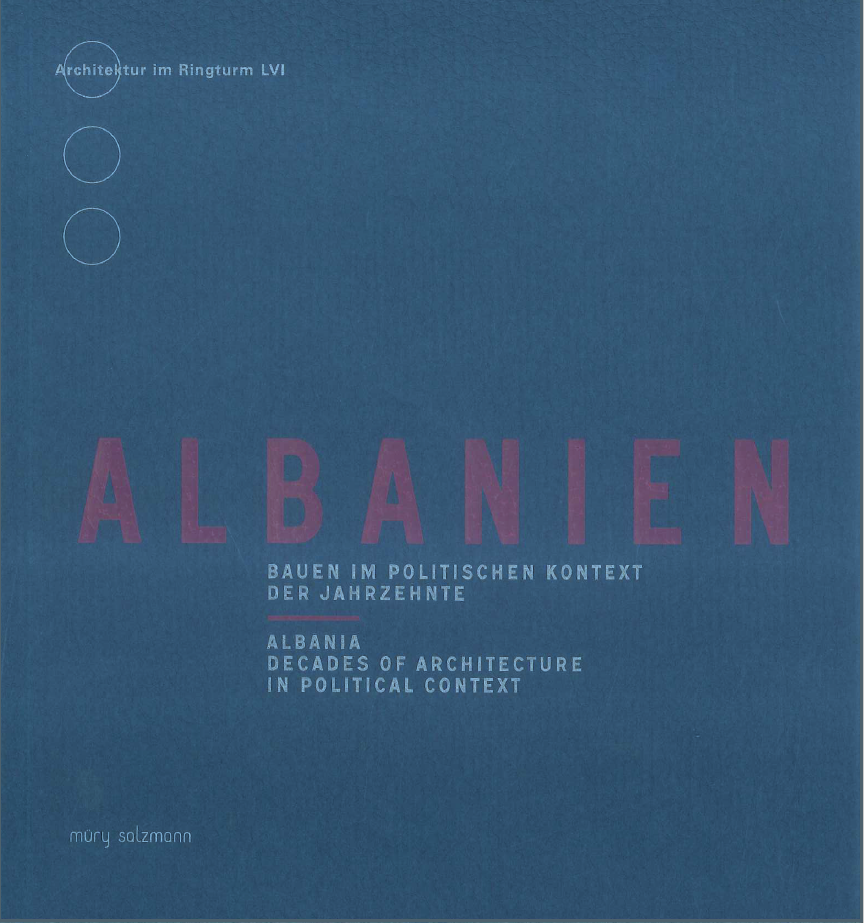Albania – Decades of Architecture in Political Context
In the second half of the 19th century, Albania was still referred to as the “unknown country of the Skipetares” or Shqiptarët, as the inhabitants of the country in the southernmost part of the Balkans call themselves; even in the early 1990s, it was brokered as Europe’s last secret, because in fact almost no-one was permitted to enter. Even today, the transmission of knowledge about the country has not risen much above tourist literature. To this, we wish to add a mosaic stone regarding the culture of building. Albania came into being at the beginning of the 20th century as an independent, albeit in the beginning, very heterogenous state; with respect to building, the time since its independence can, to put it simply, be divided into four periods: the era after the First World War until 1939, the Italian occupation until 1943 followed by the years of communist dictatorship until 1990 and then the time period up to the present day. While political context has everywhere and always been of overriding importance for the creation of architecture, this is even more so in Albania and is indeed not comparable to developments in other countries. The process of attaining independence from the Ottoman Empire in 1913 was substantially supported – not without self-interest – by the diplomacy of the Habsburg Empire. The entire body politic with its administrative, cultural and educational system and all the corresponding architectural facilities had subsequently to be slowly built up.
This book is published in cooperation with Mury Salzmann Verlag

